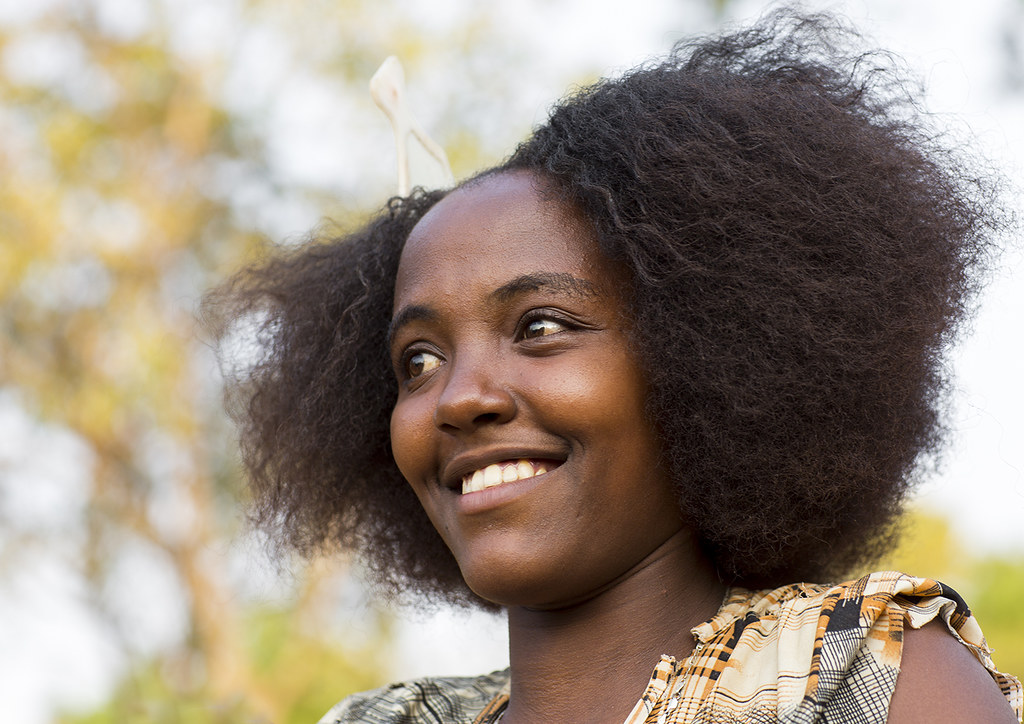Ethiopian culture is a tapestry woven with diverse traditions, vibrant colors, and a deep connection to heritage. One element that stands out prominently is the beauty of Ethiopian women’s hair. This blog explores the significance of hair in Ethiopian culture, the various styles that reflect regional diversity, and the rituals that make Ethiopian women’s hair a celebration of identity and pride.
Historical Significance:
The cultural significance of hair in Ethiopia dates back centuries, with intricate hairstyles often serving as markers of social status, age, and even marital status. In many Ethiopian communities, hair has been a symbol of beauty, femininity, and cultural pride, with specific hairstyles holding unique meanings.

Read More :- Mamaearth Onion Hair Oil Review
Read More :- Types of Permanent Hair Extensions
Ethiopian Traditional Styles:
- Braids and Twists:
- Braiding is a common practice in Ethiopian culture, with various styles denoting different stages of life. Young girls often wear simple braids, while married women may opt for more elaborate styles to showcase their marital status.
- Afro Styles:
- Embracing the natural texture of their hair, many Ethiopian women proudly wear afros, symbolizing a connection to their roots and a celebration of natural beauty.
- Cultural Accessories:
- Hair accessories play a significant role in Ethiopian hairstyling. From beaded ornaments to colorful threads, these accessories not only add flair to hairstyles but also convey cultural and regional affiliations.
Regional Diversity:
Ethiopia’s diverse ethnic groups contribute to a rich tapestry of hairstyles that vary from region to region.
- Oromo Women:
- Oromo women often adorn their hair with intricate beadwork and cowrie shells, creating visually stunning and culturally rich hairstyles.
- Amhara Women:
- Amhara women, known for their graceful beauty, frequently wear braided hairstyles adorned with gold or silver jewelry, showcasing a blend of tradition and elegance.
- Tigray Women:
- Tigrayan hairstyles often involve tight braids close to the scalp, reflecting the region’s unique cultural identity.
Ceremonial Significance:
Ethiopian women’s hairstyles often play a central role in significant life events and ceremonies.
- Weddings:
- Elaborate braids, twists, and accessories take center stage during weddings, symbolizing the bride’s transition to married life.
- Rites of Passage:
- Certain hairstyles are associated with specific rites of passage, marking the transition from girlhood to womanhood. These styles may vary based on cultural traditions.
Modern Influences and Challenges:
In contemporary Ethiopia, factors like urbanization, globalization, and changing beauty standards have influenced hairstyling practices. Many Ethiopian women embrace a fusion of traditional and modern styles, finding a balance that reflects both their heritage and personal expression.

- Natural Hair Movement:
- The global natural hair movement has also influenced Ethiopian women to embrace their natural textures, leading to a resurgence of afro styles and a celebration of the beauty of curls and kinks.
- Challenges and Empowerment:
- Despite the cultural pride associated with Ethiopian women’s hair, societal pressures and beauty standards can pose challenges. However, many women are reclaiming their narrative, using their hair as a form of empowerment and self-expression.
Conclusion:
Ethiopian women’s hair is a canvas that tells the story of a rich cultural heritage, regional diversity, and personal identity. From the intricacies of traditional braids to the bold statements of natural afros, Ethiopian women proudly carry the legacy of their ancestors while navigating the complexities of the modern world. In celebrating their hair, Ethiopian women weave a tapestry that connects generations and stands as a testament to the enduring beauty of cultural traditions.
Some FAQ








